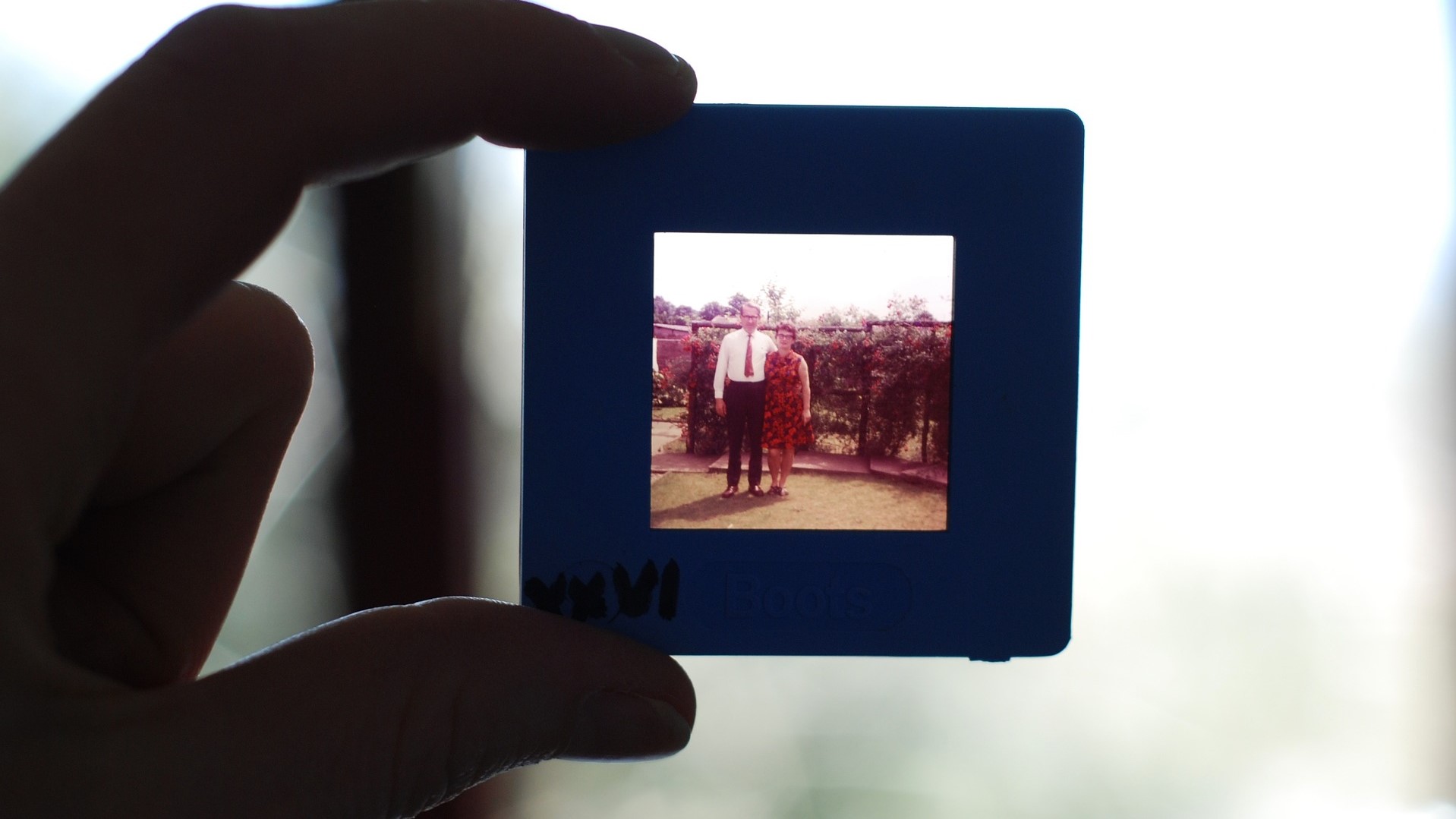Revisiting your treasured memories can be a great pick-me-up at any time, but if they're mostly on slides, the effort required to locate and set up that old projector will likely mean those images remain locked away. Fortunately, there are now many ways in which you can digitize any slides you have, and convert the old images into digital photos. While the best slide to digital image converters make the job as simple as possible, our advice is to choose the method and technology that works best for you.
Here are five different ways to digitize your slides, which can work with any budget. If you already have a camera set-up in the home, this is an advantage, although there are plenty of options for anyone who doesn't, including using one of the best photo scanning services for your needs.
Convert using a slide copier
If you own one of the best DSLR cameras, consider digitizing the slides you have using a slide copier or duplicator. Sometimes called dupers, these devices fit on the front of your camera and allow you to take a high-resolution photograph of each slide. It's best to shoot in RAW format rather than JPG to give yourself maximum control over the final image in post-production. Compared to slide converters, dupers are relatively expensive and can be tough to track down for your specific model of camera. They do produce excellent results, however, so if you're looking for quality digital images, they are a good option.
Scan your slides on a flatbed scanner
The scanner you use to digitize documents and photographs can also transfer your slides into digital images. This method produces only medium-quality images because the small size of slides creates images of lower resolution. This method allows you to convert slides to photos without purchasing any other equipment, though.
Use a digital image converting device
For images of the highest quality, using a digital image converter to transfer slides to digital photographs really should be the preferred option. These specialized scanners take photographs of your slides with high-resolution cameras and allow you to work through boxes of slides in much less time than you would have to spend using other methods.
The top digital image converters, such as the Wolverine Titan 8-in-1, can do the job in next to no time. They will also allow you to fine tune your images, perhaps if you might need to brighten the final images or apply minor color corrections.
Photograph your slides
If you own a slide projector, you might digitize your slides by taking photographs of the projected images. Use a matte white backdrop and a high-resolution camera, and make sure you stand directly in front of the projection of the slide (but behind the projector) and keep your camera level. Whenever possible, use a tripod to ensure maximum image stabilization.
Alternatively, you can use a macro lens to take a close-up photograph of your backlit slide. Put your slide on a surface that emits light, such as a flatbed scanner or a tablet, then focus as closely as possible with your camera. A macro lens allows you to focus more closely, which results in higher resolutions because you don't have to crop as much of the final image.
Hire a professional
Duplication houses and photo finishers often offer slide duplication for a fee. You drop off your boxes of slides and they perform all the heavy lifting. They return your slides as well as a DVD or other medium containing your digitized images. While this option can result in high-quality images, it might also cost considerable cash. To save money, consider converting most of your images with a slide to digital image converter, then save the professional route for your best or favorite slides.
The end result
The best news is that once you're finished digitally converting your old slides, the ways in which you can share your old photos open up significantly. Not only will you be able to share your favorite moments with friends and family on social media or via email, you could also invest in the best digital photo frames to show them off around your home...or if you're still wedded to some of the past, you an easily print them off using a compact printer to slide into a more traditional photo frame.

